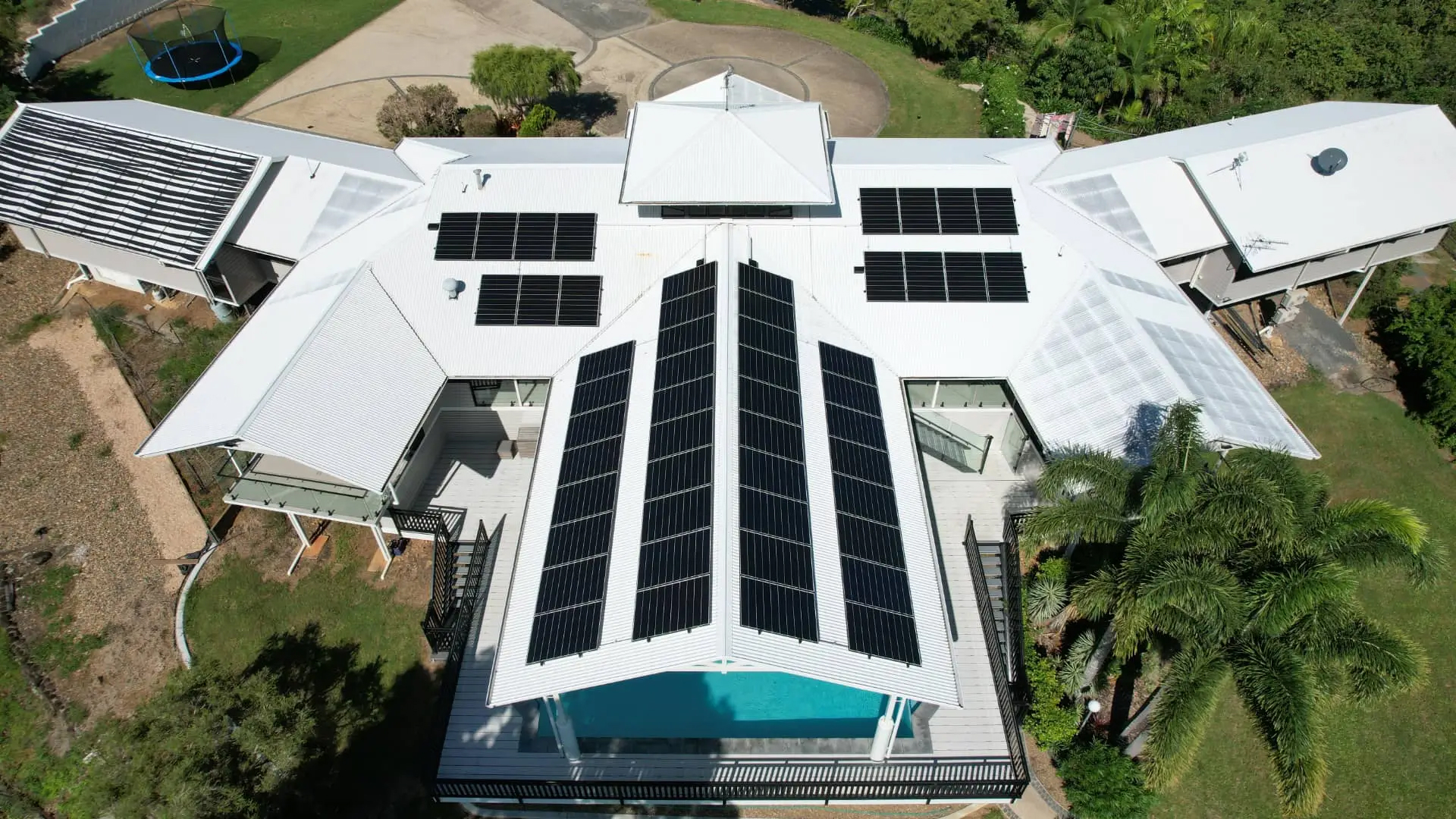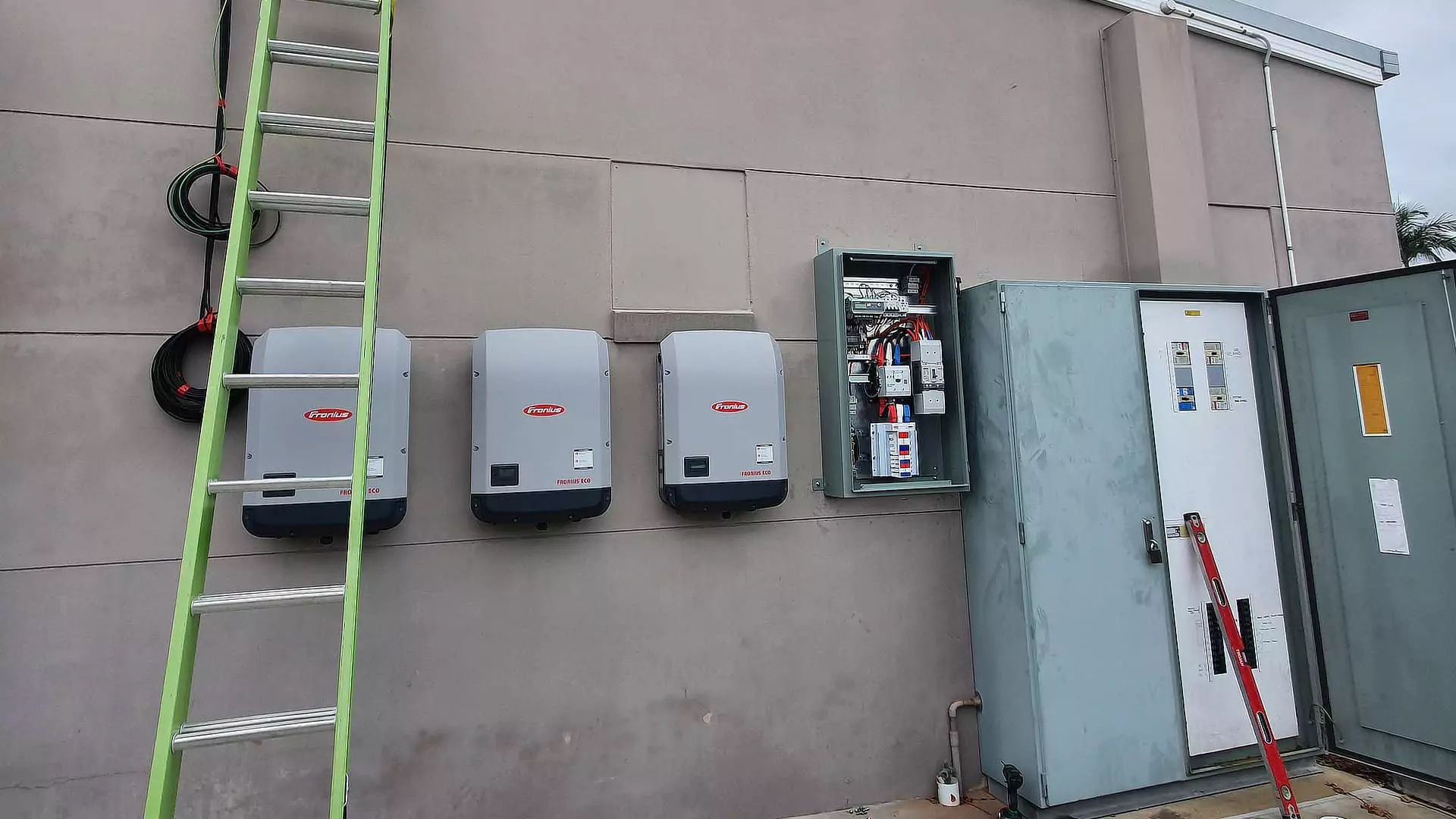The cost of electricity is a significant concern for households and businesses alike. In July 2023, Australia’s energy landscape experienced changes in electricity rates, particularly in the service area covered by Ergon Energy. This blog aims to provide an overview of the Ergon rate rises in July 2023, discussing the reasons behind the increase, the potential impact on consumers, and steps individuals can take to manage their energy expenses efficiently.
Why Ergon Energy Adjusted Rates
Ergon Energy, a Queensland-based electricity distributor, periodically adjusts its rates to account for various factors, including changes in wholesale electricity prices, network maintenance costs, infrastructure investments, and regulatory requirements. These adjustments are necessary to ensure the reliability and sustainability of the energy network while maintaining high-quality service delivery.

What’s Changing?
Residential Customers
Among the rate rises implemented by Ergon Energy in July 2023, residential customers on Tariff 11, the standard residential electricity tariff, faced a substantial increase of 28.7% or around $429 per year. This increase directly affected households across Ergon Energy’s service area, potentially leading to higher electricity bills for residential consumers. The rise of 28.7% on Tariff 11 signifies a significant adjustment that households will need to account for in their monthly budgets.
- Residential Customers (Tariff 11): Increase of 28.7% or around $429 per year.
Commercial Customers
Small businesses on Tariff 20 can expect a significant increase in their electricity bills as a result of the Ergon rate rises in July 2023. On average, the bill for a typical small business on Tariff 20 has risen by 26.8%, which amounts to an annual increase of around $511. This increase poses a considerable financial burden on small businesses, necessitating a proactive approach to manage their energy expenses and explore energy-saving measures.
Large customers on Tariff 44, Tariff 45, or Tariff 46 will also experience higher electricity costs in the upcoming year. These typical large customers can expect to pay around 7.5% to 16.7% more for electricity in the 2023-24 period.
- Small Businesses (Tariff 20): Increase of 26.8% or around $511 per year.
- Large Businesses (Tariff 44, 45 or 46): Increase of between 7.5-16.7%.
Economy Tariff
Customers who utilise an economy tariff for their hot water systems or pool pumps will also be affected by the Ergon rate rises in July 2023. Specifically, for customers with large hot water systems on Tariff 31, they will experience an increase of 20.1%. Similarly, customers with small hot water systems and pool pumps on Tariff 33 will face a rate rise of 17.3%. These adjustments impact customers who have opted for specific tariff options to take advantage of off-peak or controlled load rates for their hot water systems or pool pumps.
- Small Hot water Systems or Pool Pumps (Tariff 33): Increase of 17.3% or around $52.
- Large Hot Water Systems (Tariff 31): Increase of 20.1% or around $59.

Factors Contributing to the Rate Rises
Several factors contributed to the rate rises implemented by Ergon Energy in July 2023. Here are some of the primary factors:
- Wholesale Electricity Costs: Fluctuations in the wholesale electricity market, influenced by factors like fuel prices, supply-demand dynamics, and environmental policies, can impact the cost of energy purchased by Ergon Energy.
- Network Upgrades and Maintenance: Maintaining and upgrading the electricity network infrastructure is a critical part of ensuring reliable and safe electricity supply. These activities incur significant costs, which are factored into the rates.
- Regulatory Requirements: Energy distributors like Ergon Energy must comply with regulatory frameworks that govern the energy sector. Changes in regulations and compliance obligations can lead to rate adjustments.
- Renewable Energy Investments: Australia’s transition to a cleaner energy future involves substantial investments in renewable energy projects. While this transition is essential for sustainability, it can temporarily increase costs as the infrastructure is built and integrated into the grid.
Implications for Consumers
The rate rises implemented by Ergon Energy can have implications for consumers. Here’s what you need to know:
- Higher Energy Bills: The increased rates will likely result in higher electricity bills for consumers. It is essential to review and understand the new rates to manage your energy usage effectively.
- Conservation and Efficiency: Higher energy costs can motivate consumers to adopt energy-saving measures and become more energy-efficient. Simple steps such as using energy-efficient appliances, optimising heating and cooling, and reducing standby power can make a significant difference.
- Time-of-Use Tariffs: Some energy providers offer time-of-use tariffs that vary the rates based on the time of day. Exploring these options and shifting energy-intensive activities to off-peak hours can help consumers save money.
- Seek Energy Alternatives: Consumers may also explore alternative energy sources, such as solar panels or battery storage systems, to reduce dependence on the grid and potentially lower their energy costs in the long run.

Managing Energy Costs
While rate rises may seem daunting, there are proactive steps individuals can take to manage their energy costs:
- Energy Audits: Conduct an energy audit of your home or business to identify areas of improvement. This process involves assessing energy usage patterns, identifying energy wastage, and implementing strategies to reduce consumption.
- Energy-Efficient Appliances: Invest in energy-efficient appliances that carry high energy star ratings. These appliances consume less electricity, which can result in long-term savings.
- Behavioural Changes: Simple behavioral changes such as turning off lights when not in use, unplugging electronics, and adjusting thermostat settings can make a substantial impact on energy consumption.
- Seek Expert Advice: Consult with energy experts or professionals who can provide tailored advice based on your specific circumstances. They can help identify potential savings opportunities and guide you in making informed energy-related decisions.
- Invest in Solar: Consider installing solar panels to generate your own renewable energy. Solar power can help offset electricity costs and reduce dependence on the grid, especially during peak rate periods.
- Invest in Solar Battery Storage: Pairing solar panels with battery storage systems allows you to store excess energy generated during the day for use during peak rate periods or when the sun is not shining. This can help further reduce reliance on the grid and optimise energy usage, potentially leading to additional savings.
By adopting these measures and exploring renewable energy options like solar power and battery storage, individuals can take proactive steps towards managing their energy costs and promoting sustainability in their homes or businesses.
Make The Change to Renewable Energy
The July 2023 Ergon rate rises in Australia reflect the dynamic nature of the energy industry, influenced by factors such as wholesale electricity costs, network maintenance, and regulatory requirements. While these rate increases may result in higher electricity bills for consumers, adopting energy-saving measures, exploring alternative energy sources, and making informed choices can help mitigate the impact.
By becoming more energy-conscious and managing consumption wisely, individuals and businesses can take control of their energy costs and contribute to a sustainable energy future. At SnapSolar we help households and businesses throughout Queensland reduce and eliminate their energy bills. Contact our Solar specialists today for a Free Quote!
Get Your FREE Quote Today & Save $$$!
Contact our team today and we'll get back to you as soon as possible to discuss your solar needs!
Get a FREE QuoteRelated Articles.

What Are The Benefits Of Solar power?

Jackson Wyer

Can I Sell Excess Solar Power Back to the Grid?

Jackson Wyer

Why Do Solar Inverters Get Hot?

Jackson Wyer

